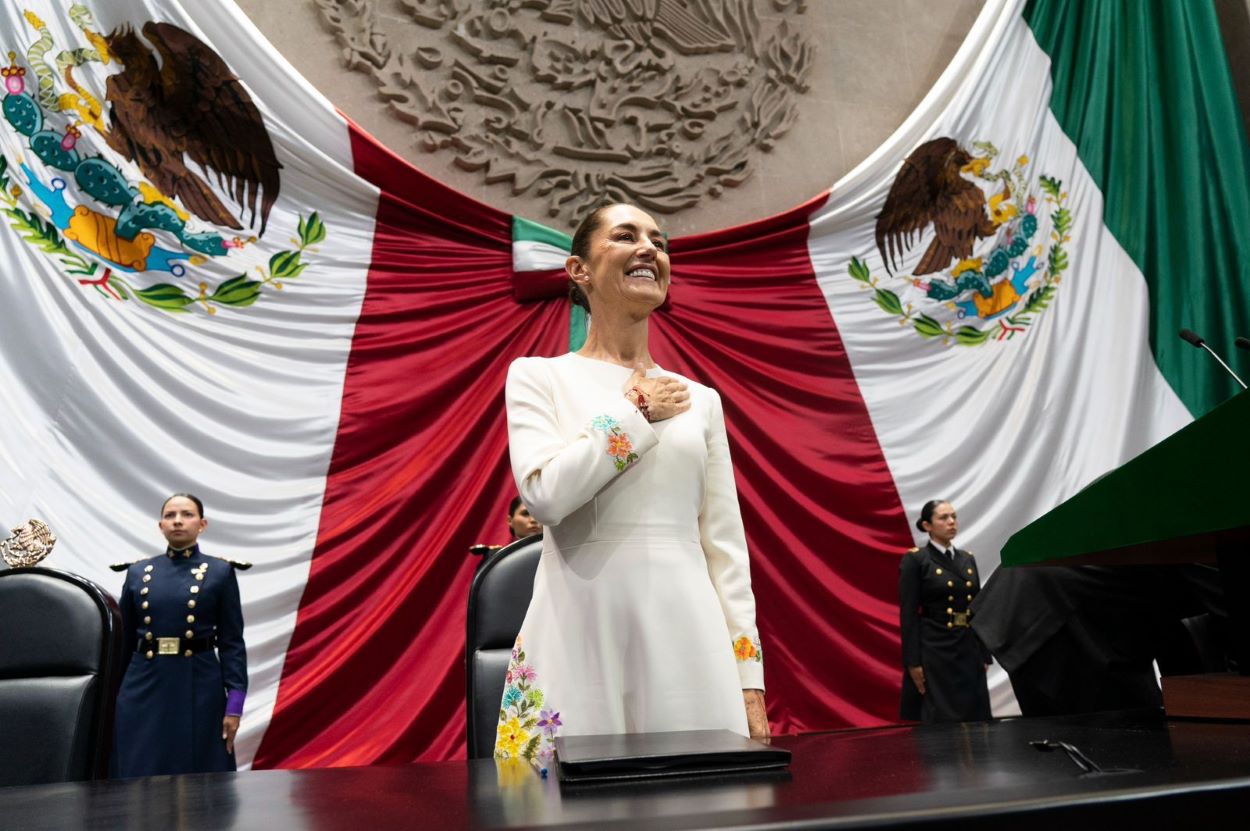Weekly Chart: Bridging Latin America's Skills Gap through Education
Weekly Chart: Bridging Latin America's Skills Gap through Education
At the beginning of the 2000s, only Colombia was spending more than one tenth of one percent of GDP on skills training. A decade later, five other countries in the region have done so.
Latin America has one of the biggest skills gaps in the world but, on the flip side, it’s one of the regions where investing in education gets the biggest return on investment. Latin Americans who go to college can expect to more than double their salaries, versus the 55 percent bump a college graduate in an OECD country gets. Earning your doctorate in Chile or Brazil is particularly lucrative, with graduates more than tripling their salaries.
The public investment in education is paying off. A decade ago, 1 in 3 Latin Americans didn’t study past elementary school, a figure that’s dropped to 1 in 5 today. While still as likely as the general population to have not gone beyond elementary school, adults 25–29 are more than twice as likely to have graduated from college. That said, there is a lot of variability within the region: in Chile, just 13 percent of students don't graduate from high school, while 46 percent don’t in Uruguay.
This week, AS/COA Online takes a look at the intersection of education and economics.







